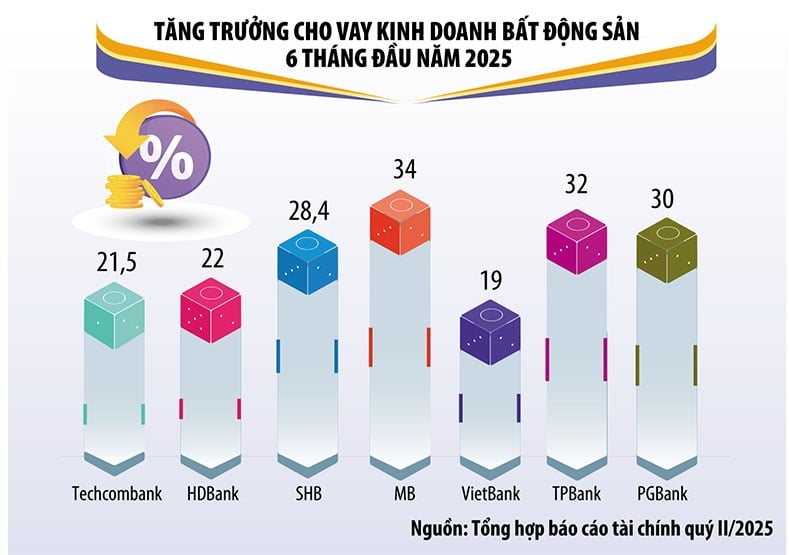 |
Capital flows into real estate
The financial report for the second quarter of 2025 shows that in the first half of this year, real estate was a major contributor to credit growth of many banks.
For example, at Techcombank , in the first 6 months of this year, real estate business loans (including credit and bonds) accounted for 59% of total outstanding credit. Including individual customers, the proportion of real estate loans at Techcombank reached more than 64% of the total outstanding loan balance of the entire bank. Techcombank's consolidated real estate business credit growth (credit only) reached 21.5% compared to the end of 2024 (nearly double the bank's loan growth of 11.6%).
At many other commercial banks, real estate business loans in the first half of the year also recorded a very strong increase. Specifically, at HDBank, outstanding real estate business loans reached VND 83,125 billion, up 22% compared to the beginning of the year and accounting for 16.4%. AtSHB , outstanding real estate loans reached VND 163,754 billion, up nearly 28.4% compared to the beginning of the year, accounting for 27.5%, instead of 24.5% at the end of 2024. At MB, real estate business loans reached VND 85,834 billion, up nearly 34% compared to the beginning of the year and accounting for 9.72% (up from 8.26% at the end of last year).
Outstanding real estate business loans as of the end of June 2025 at TPBank increased by 32%, at PGBank increased by 30%, at VietBank increased by 19%, at MSB increased by 15%...
As of June 30, 2025, outstanding real estate credit is estimated at VND 3.18 million billion, 2.4 times higher than at the end of 2024 and accounting for 18.5% of the total outstanding debt of the whole system.
It is not difficult to explain why banks are rushing to lend to real estate. Analysts at SSI Research believe that, in the context of the global market still being uncertain regarding tax policies, the driving force for credit growth mainly comes from real estate and infrastructure. These are also two areas that are receiving increasing policy attention, in line with the Government's efforts to stimulate domestic demand and maintain economic growth momentum.
However, Mr. Tran Ngoc Bau, General Director of WiGroup (a company specializing in providing financial economic data) warned that the sharp increase in real estate credit in the context of weak production and consumption poses the risk of "out of sync" credit flow.
A lot of capital, cheap capital, but must be pumped in the right direction
Explaining the focus on real estate lending, Mr. Nguyen Anh Tuan, Director of Techcombank's Retail Banking Division, said that people's demand for home ownership is very large. This is a long-term and ever-present need. Techcombank's leaders also affirmed that bad debt (NPL) in Techcombank's home loan segment is being tightly controlled, maintained at around 2%. This rate is tightly controlled thanks to the strategy of choosing collateral from the beginning, as well as the ability to effectively handle collateral. The loans have collateral, so the actual loss rate is very low.
Although banks claim the risk is low, experts still warn of it. Currently, the social housing loan package (VND145,000 billion) is disbursed very slowly due to lack of supply. Real estate credit has increased sharply mainly because banks have been aggressive in lending to high-end real estate projects. If this situation continues, instability will occur in both the real estate market and banks.
This year, the Government has set a GDP growth target of 8.3 - 8.5%. To achieve this target, economic experts believe that credit for the whole year could increase by up to 18%, instead of the 16% target set by the State Bank of Vietnam (SBV) at the beginning of the year.
Recently (July 31), the State Bank of Vietnam announced an increase in the credit growth target for credit institutions. Along with that, the State Bank of Vietnam requested credit institutions to direct capital flows to production, business, priority sectors and growth drivers; strictly control credit for potentially risky sectors, ensuring safety and efficiency.
According to economic experts, this year, credit growth of 18-20% is in line with GDP growth rate and inflation level, not yet "hot". However, this credit growth rate is only safe under the condition that capital flows into priority sectors. On the contrary, if credit flows into speculative sectors such as stocks, real estate, etc., then asset bubbles may form, putting pressure on interest rates, inflation, causing bad debt risks and macroeconomic instability.
“If capital flows into priority sectors, this year’s credit only needs to increase by 17-18% to meet the GDP growth demand of 8.3-8.5%. However, if it flows into speculative sectors such as securities, real estate, etc., credit must increase by over 20% to achieve the GDP growth target of 8.3-8.5%,” said Associate Professor, Dr. Nguyen Huu Huan (Ho Chi Minh City University of Economics).
In the context of strong credit growth, in recent months, some commercial banks have begun to slightly increase deposit interest rates for many terms, applied to large deposits.
Faced with this situation, on August 4, the State Bank held a meeting with commercial banks, requesting them to stabilize deposit interest rates; continue to reduce operating costs, promote digital transformation, and be willing to share part of their profits to reduce lending interest rates. Mr. Pham Chi Quang, Director of the Monetary Policy Department (SBV), said that the average newly generated deposit interest rate was only 4.18%/year, basically stable compared to 2024. The average lending interest rate decreased to 6.53%/year, a decrease of 0.4 percentage points compared to the end of 2024.
The State Bank of Vietnam requires credit institutions, in addition to maintaining stable interest rates, to strive to reduce interest rates while directing credit to production, business, priority sectors and growth drivers; strictly control credit for potentially risky sectors, ensuring safety and efficiency.
Source: https://baodautu.vn/ngan-hang-ram-ro-cho-vay-bat-dong-san-d350030.html














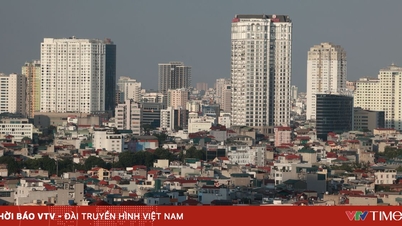



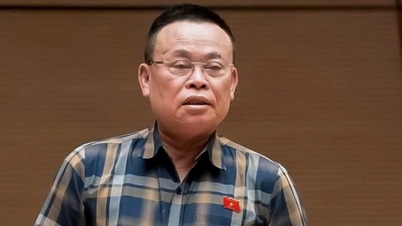


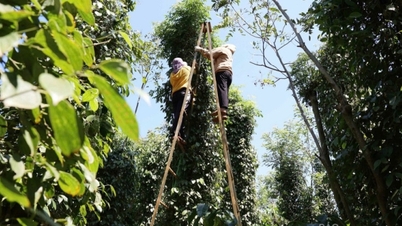










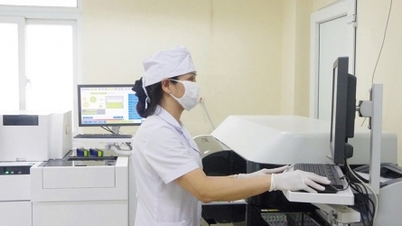





















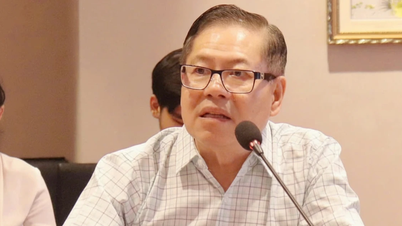
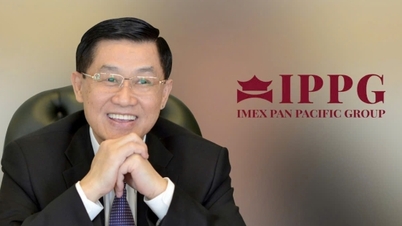















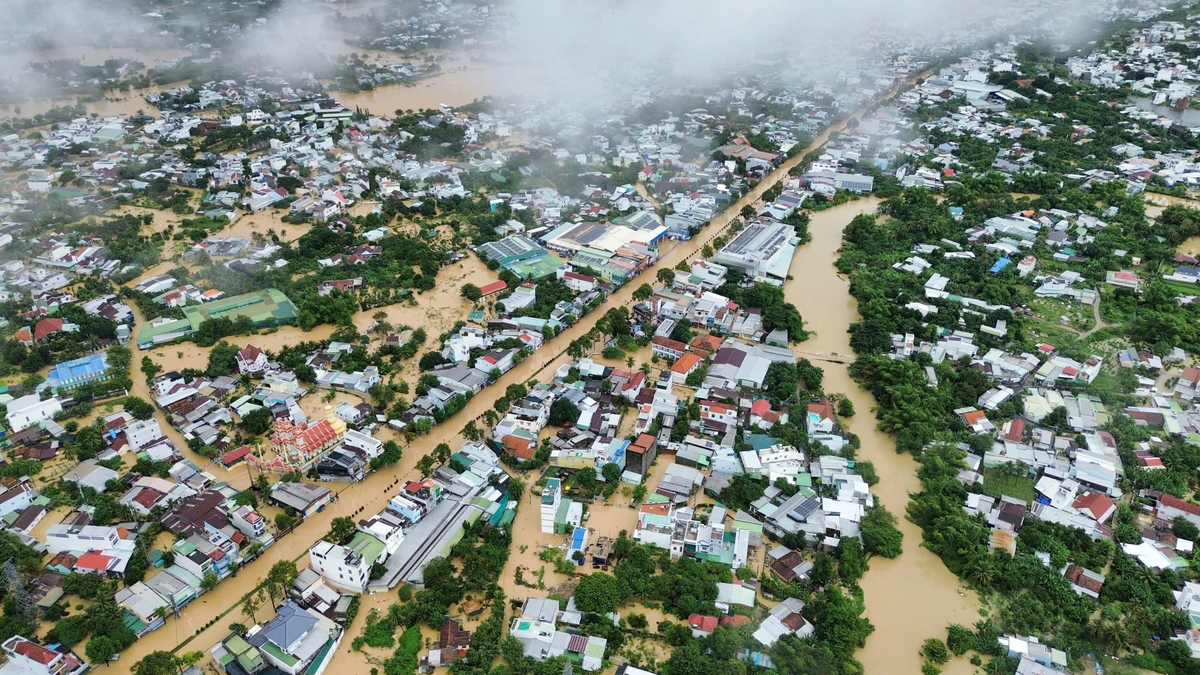


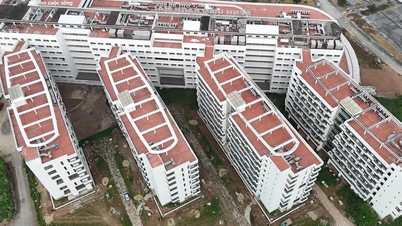

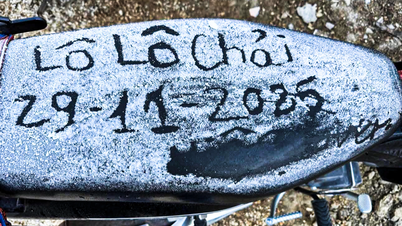
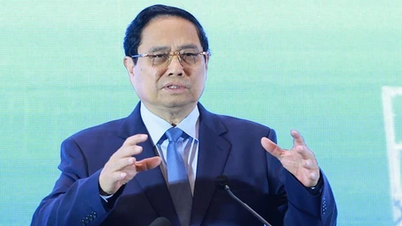









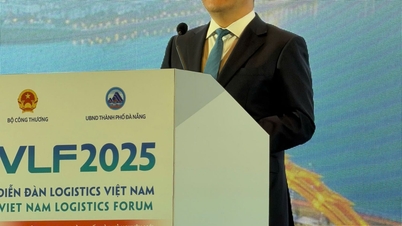
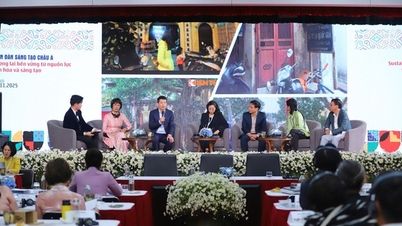

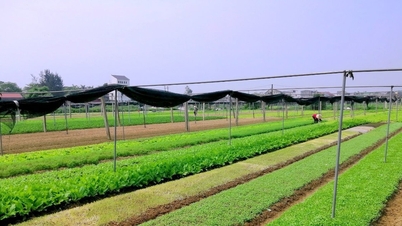




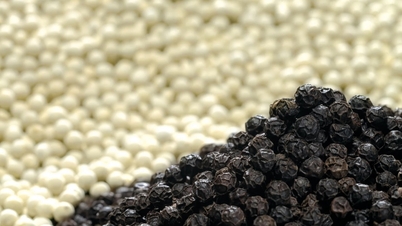















Comment (0)